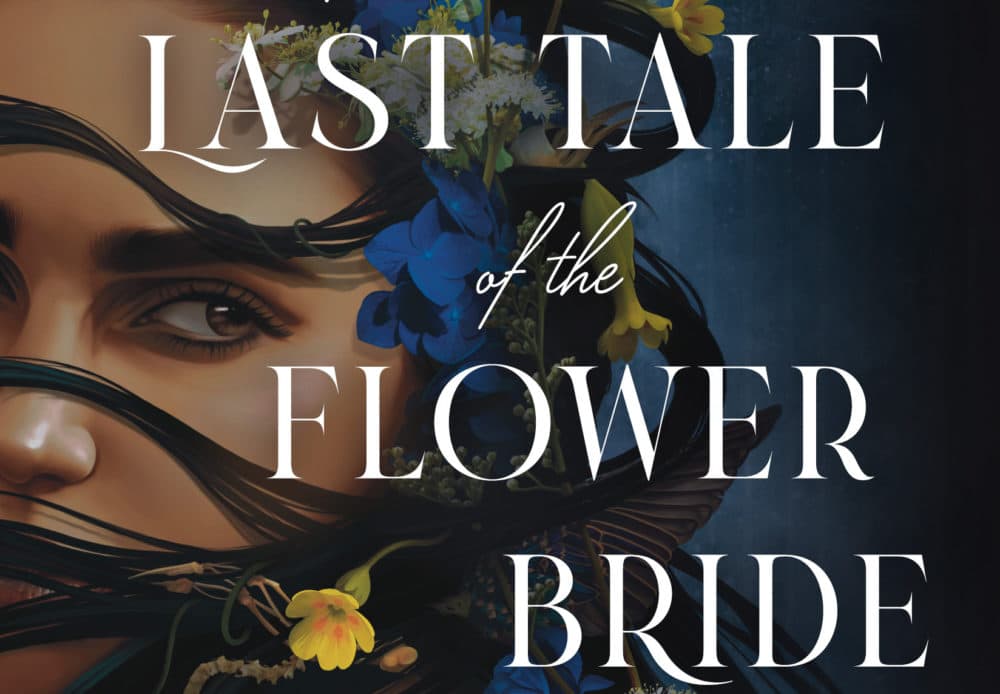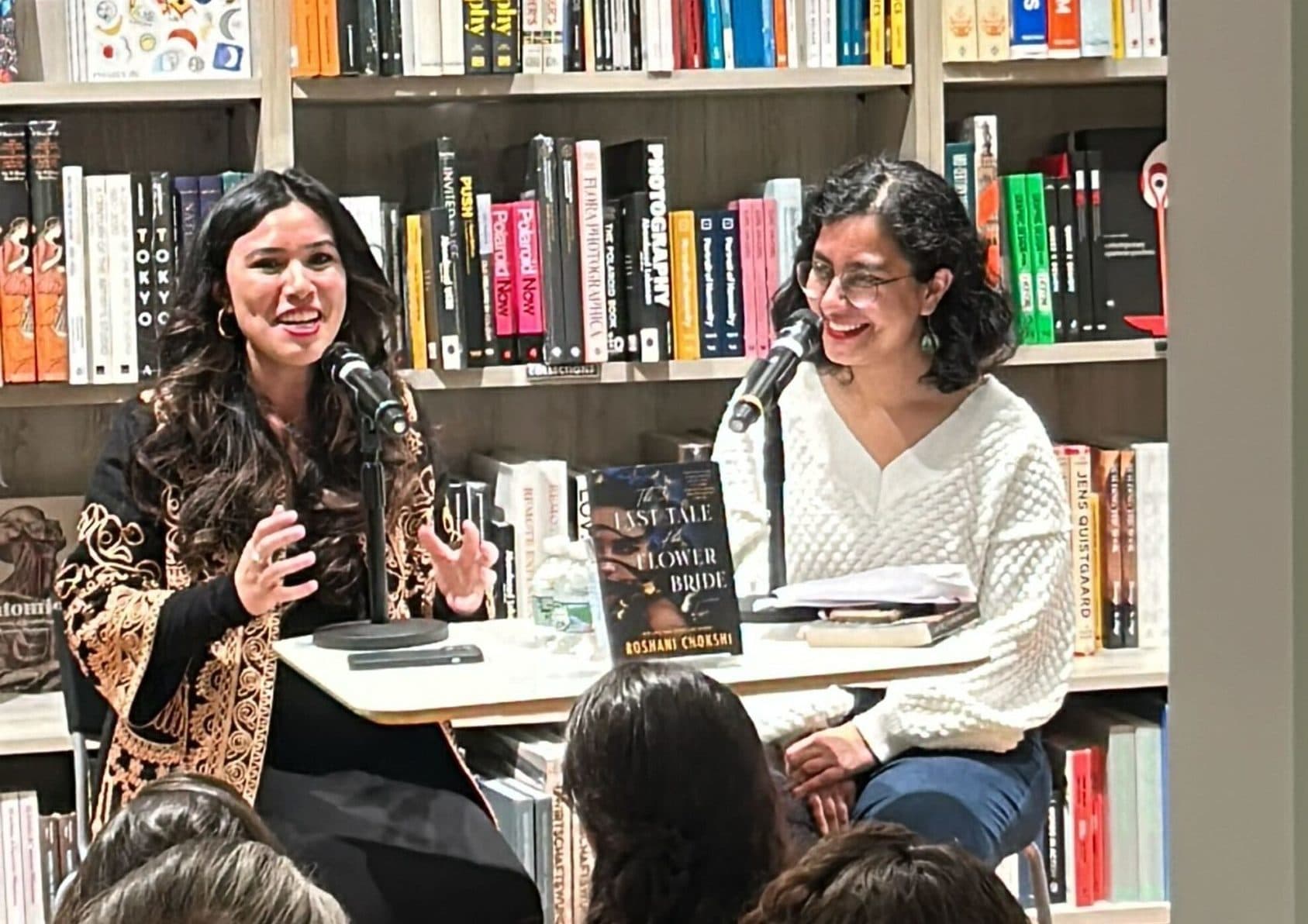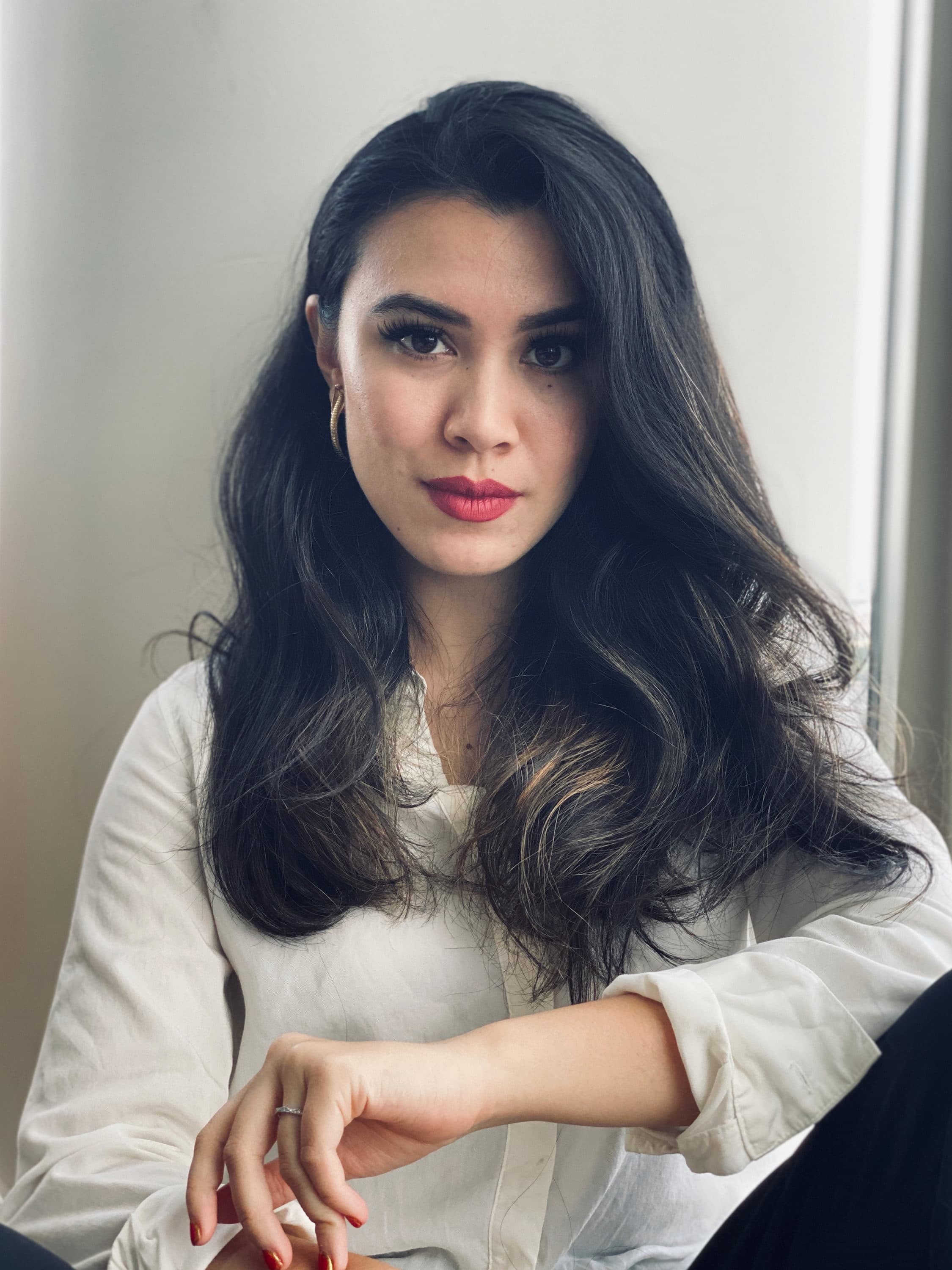Advertisement
‘The Last Tale of The Flower Bride’: Monstrous teen girls, a marriage of lies and fairy tale horror

Editor's note: This segment was rebroadcast on March 7, 2024. Click here for that audio.
Are you the same person you were as a teenager? For many of us, the answer is a very-relieved no.
But the past still lives in our bones, and it has a way of coming back to haunt us, no matter how hard we try to keep it buried. New York Times bestselling author Roshani Chokshi's new novel "The Last Tale of the Flower Bride" centers on that theme
In the book, a man and his mysterious wife, Indigo, return to her childhood home. There, he is forced to reckon with details he never knew about Indigo's past, particularly about her childhood best friend Azure who disappeared years before.
What comes next is a creeping exploration of girlhood, fairy tales and the secrets hidden within every marriage.

Interview highlights
On the thematic importance of fairy tales
“When I think about fairy tales and myths and why we need them in the first place, it's often because it's seeking to explain the unexplainable. And that encapsulates one of the central relationships in the story, which is the friendship of Indigo and Azure.
“Their relationship, in many ways, represents the tension of growing up. It's the desire to stay young enough, stay innocent enough, that fairyland and fairy world makes itself known to you. Like in an age at which magic is not just a possibility, but it is real. And then the tension of growing up and essentially realizing that the other world is now closed to you.”
On the toxic yet magical power of being a teenage girl
“I never remember being quite as feral, quite as inhuman, as when I was a teenage girl. When I was a teenage girl, me and my best friends, we moved like a pack. Nobody went to the bathroom by themselves. There were no boundaries between us … and it was kind of it was kind of like wearing one another's identities.
“When you're a teenage girl and when you're with your friends, you are invincible, you are invulnerable, nothing can touch you. And in the same token, you are at your most magical. You are the definition of being caught in the in-between. Not quite a child, not yet subject to the rules of adulthood … It's really a fairy tale conceit to be a teenage girl.”
On making room for monstrous female characters in fiction

“We make a lot of space for monstrous adult women. But when it comes to fiction and … playing with teenage years, I don't see quite as much space for it … Writing ‘Flower Bride’ was rather cathartic.
“It's a way of acknowledging that every person can be both victim and villain. You can be the source of toxicity, you can be the victim of toxicity. And you owe yourself self-compassion for all the people that you have been and all the identities that you've tried on that make you who you are now.”
On what a fairytale marriage really means
“The reason why I was interested in a fairy tale marriage is because that was something that was said a lot about my relationship. I met my husband when I was 15 years old. And yet whenever I hear someone say, Oh, that sounds like a fairy tale,’ fairy tale marriages are disgusting. They are cruel. They do not end well.”
“And yet the fairy tale or the myth that I think most applies to a long-term relationship … is the Greek myth of Hercules. In one of his tasks, he is supposed to wrestle Proteus, the sea god. And when Hercules is wrestling the sea god, Proteus starts changing shape. He turns from a lion, a leopard, a boar. He becomes the shape of water itself.
“I think that is the truest myth that encapsulates marriage. It is the question of whether you can hold on to someone as they're shapeshifting, whether they can hold on to you as you also are shapeshifting. And that was what I wanted to play with in ‘Flower Bride.’ I was very curious about … what would happen when someone wasn't willing to reveal the form that they used to have. What does that do in a marriage, even when there is love?”
Advertisement
On what she hopes readers will get out of a book that mixes beauty and horror
“I hope that when you get to the end of the story, it reminds you how to look for wonder again, because I think when we get older, we feel as though wonder is not accessible to us. And yet it is. We can find the magic in the mundane and every single place. And what I also really, really hope and one of my favorite things about horror itself is a sense of extraordinary catharsis that comes after it. When you survive something, you have a greater appreciation for the life around you and even a greater compassion for yourself and all the things about you that allowed you to survive that. So that's my hope for readers.”
Book excerpt: 'The Last Tale of the Flower Bride'
By Roshani Chokshi
Chapter one: The Bridegroom
I fanned out the pages on the marble table, studying my notes for next week’s speech on the myth of Melusine. The print before me showed Melusine with tangled, waist-length hair, bat wings and a coiling, serpent tail. Her hands were clasped in demure horror, as if she was clinging to some last vestige of gentile shock before she could abandon her husband for his betrayal.
Melusine had been made famous in Jean d’Arras’s 14th century writing. Depending on the source material, she was something of a mermaid or a siren. One day, a nobleman came across her in a forest glade and begged her to be his wife. She agreed on the condition that he never spy on her while she bathed. The nobleman agreed, and for a time they were happy. But
eventually, curiosity overwhelmed him and, one day, he spied on her as she bathed, saw her true nature and lost her forever.
I have always been intrigued by these not-quite women, whether they were sirens or
mermaids, kinnari or selkie. The world can’t seem to decide whether to condemn, covet or celebrate them. They’re damned as reminders of lust, and yet the House of Luxembourg enthusiastically claimed descent from Melusine’s unnatural bloodline, and inside an 11th century church in Durham Castle there lived a mermaid carved in stone. Hundreds of years ago, perhaps some pagan entering a church to escape the cold would have seen that carving as a message. A password, of sorts, that even in this strange place and strange religion lay something familiar...
Even if she is a devil.
“Sir?"
I looked up, ready to admit defeat to the waitress and leave when I saw that she was
holding a platter with two drinks. She held out an envelope: “A gift from another guest.”
The two drinks looked identical: a rich amber whiskey with a perfectly clear sphere of ice. I opened the letter.
The drink on the left will fill your belly for the rest of your days, but you will only be able to speak truths.
The drink on your right will leave you hungrier than before, but it will polish every lie that leaves your tongue.
I looked around the room, a strange tingling worked its way up from the base of my skull. Even before I reached for the glass on the right, I imagined that magic liquid gilding my tongue. The whiskey tasted like a hot knife, burnt and metallic, with a cinnamon aftertaste. It never occurred to me this might be only a game.
From "The Last Tale of the Flower Bride" by Roshani Chokshi. Copyright © 2023 by Roshani Chokshi. Published by William Morrow, an imprint of HarperCollins Publishers.
Kalyani Saxena produced and edited this interview for broadcast with Gabe Bullard. Saxena also adapted it for the web.
This segment aired on February 28, 2023.
